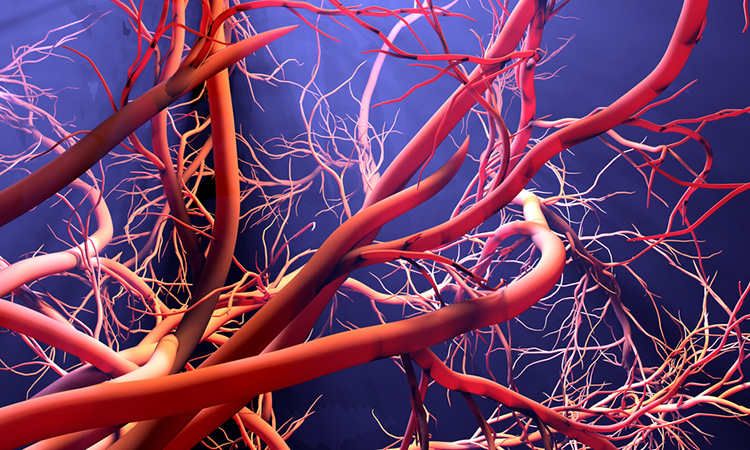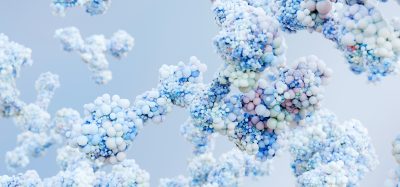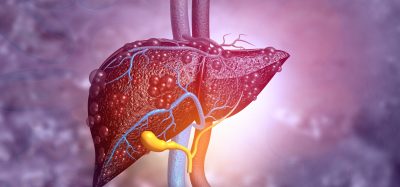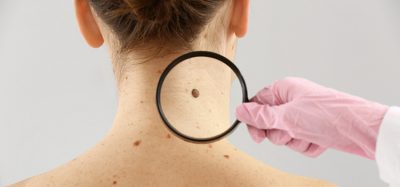FGF2 and SOX17 enable more efficient stem cell differentiation
Posted: 26 March 2024 | Drug Target Review | No comments yet
The discovery of two proteins that effectively mature hiPSCs into endothelial cells may have a range of research and clinical benefits.


Scientists from The Pennsylvania State University have discovered the specific molecular signals that efficiently mature nascent stem cells into endothelial cells that comprise blood vessels. According to the team, the new technology could provide many benefits, such as a more comprehensive platform to screen if drug candidates can cross the blood-brain-barrier (BBB), and the to ability develop lab-grown vascular tissue to support heart transplants.
Led by Dr Xiaojun Lian, associate professor of biology and biomedical engineering, the researchers found they could achieve up to a 92 percent endothelial cell conversion rate by applying the two proteins SOX17 and FGF2 to human pluripotent stem cells (hiPSCs). Derived from a federally approved stem cell line, hiPSCs can differentiate into almost any other cell type if provided the right proteins or other biochemical signals. SOX17 and FGF2 engage three markers in stem cells, initiating a growth cascade that converts them to endothelial cells and also allows them to form tubular-like vessels in a dish.
“Drugs designed to treat brain diseases need to pass through the blood brain barrier to be effective,” Dr Lian commented. “Our cells can form a tight layer in a dish, onto which we could add various chemicals and see how they pass through.”
Dr Lian added that the team will collaborate with industry partners to advance the artificial BBB and start testing various drugs. However, reaching this point needed a decade of investigating the molecular mechanism behind how stem cells differentiate into endothelial cells. “In 2014, we published a protocol using a small molecule that could help the cells differentiate about 20 percent of the time, but we’ve now found that just one gene, SOX17, is sufficient for differentiating the about 80 percent of cells into endothelial cells,” explained Dr Lian. “That was completely unknown.”
Previously, the researchers’ low efficiency in their stem cell differentiation process resulted in heterogenous cell populations, making them challenging to sort and to obtain enough for other research or clinical applications. Although the team knew some cells were endothelial cells, they could not predict the other cell types.
Developing more homogenous populations
The researchers observed the proteins expressed during the differentiation process to make more homogenous populations. First, they saw that cells expressed SOX17 during differentiation, so they removed the cells’ ability to express the protein and analysed how its absence changed function.
“Before knocking down SOX17 expression, about 20 percent of stem cells would become endothelial cells,” Dr Lian said “After, differentiation dropped to about 5 percent at best. We found that SOX17 is required for this process. It was a lucky and surprising finding.”
The addition of SOX17 resulted in 80 percent differentiated stem cells. However, the stem cells produce three markers, but SOX17 only triggers two of them to begin the differentiation process. The third marker, called CD31, does not function when only exposed to SOX17. Another two to three years was spent attempting to understand why this was. Dr Lian elucidated that another protein, FGF2, could induce the marker without affecting SOX17’s influence on the other two markers.
The combination of FGF2 and SOX17 resulted in up to 92 percent of the stem cells differentiating into endothelial cells, which was over a 350 percent increase in efficiency from the researchers’ original approach.
With all three markers activated, the differentiated cells can form tubular-like vessels in a dish, as well as uptake proteins, in the same way as blood vessels in the body. When the team assessed this ability by inducing inflammation to see if the endothelial cells could detect the protein signal involved, the cells were successful. “Our cells are indeed functional,” Dr Lian stated. “With SOX17 and FGF2, we can determine the fate of these stem cells to be precisely what we need.”
The team already holds a patent on foundational method developed 10 years ago and has filed a provisional application for the expanded technology described in this paper.
This study was published in Stem Cell Reports.
Related topics
Drug Development, Protein, Protein Expression, Screening, Stem Cells
Related organisations
The Pennsylvania State University
Related people
Dr Xiaojun Lian (Penn State)








